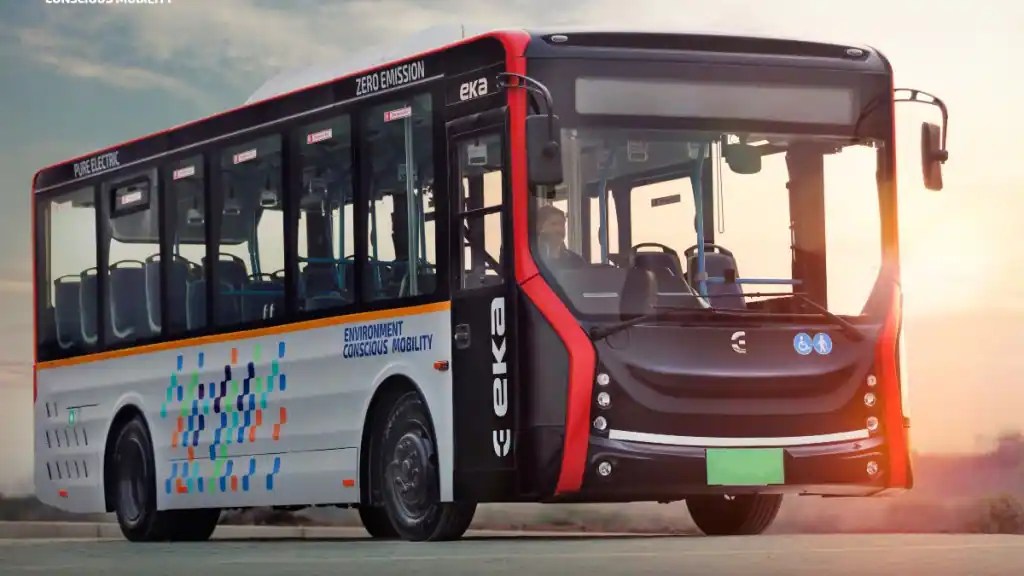The electric bus segment is catching up pace in a fast and furious way. This has resulted in some new but serious players opting for the expansion route to get some early-bird advantage. Pune-based EKA Mobility, had recently announced strategic partnership withJapan’s Mitsui & Co and Netherlands VDL Groepto expand its global footprints.
Sign Up to get access to the Financial Express Exclusive and Premium Stories.Register NowAlready have a account? Sign in
In an interaction withFinancial Express Online, Dr Sudhir Mehta, Founder & Chairman, of EKA Mobility reveals that in addition to manufacturing EVs for the Indian market, the company sees Africa, part of Asian region, and Latin America as a potential hub for its offerings.
To achieve this the company does not look at having a massive factory, but micro factories in India and African countries, which can manufacture electric vehicles for the region. For this, Dr Mehta is also betting on “technology licensing” wherein potential customers/companies can also take advantage of the development and sell vehicles either under the ‘EKA’ brand or their own label.

“We are not going to be able to reach every country on our own. We are ok to license EV technologies. We will give them the template for doing that, so they don’t need huge investments. We are happy to share technology because we want this (EVs) to go in thousands. We want to ensure the highest usage of technology because each technology has limited life and we need to ensure the highest adoption of it,” shares Dr Mehta.
He says the company is looking to have “around 20,30,40 micro-factories around the world or partnerships.”
In terms of production, the company has already started commercial production of 25 buses per month at its first factory in Pune, which will be eventually ramped up to 6,000 buses a year and then scaled up to 12,000 units a year. A similar-sized micro factory is also in the works in Pithampur. “Most micro-factories will have similar capacity before we scale it up.”
Product focus
The key potential disruptors in the adoption of electrification in the commercial vehicle segment are the three-wheeler, LCVs, and bus segment.
EKA Mobility is focusing on the latter two. While it initially focused on the bus segment, it is now firming up to accelerate its play in the e-LCV segment.
“We have given 10 e-LCVs to Pune Municipal Corporation, and we have got fantastic feedback from them. The data that we have received from them indicates that these vehicles have 10% of operational costs compared to their diesel counterparts. In addition to zero emissions these vehicles have a payback of around just 3 years,” says Dr Mehta.
Coming to the e-bus segment, the Central and State governments are aggressively pushing for electrifying public transport. Then there are the talks about subsidising private e-buses.
He states that last year China manufactured 133,000 e-buses, versus around 4,000 e-buses in Europe. This means India is going to be the second-largest market for e-buses globally.
One of the optimistic partnerships Dr Mehta mulls for EKA Mobility is to work with State Transport Corporations (STUs) who ideally can assemble, use, and service their own e-buses.
“The STUs have thousands of employees and the moment any private operator comes, they are running the buses. These State Transport Corporations have large bus depots, manpower who can not only assemble but also take care of the e-buses similarly to how the train corporation is doing.”
Battery swapping & profitability
Interestingly, in addition to electric buses, e-LCVs, and hydrogen buses, EKA Mobility is also exploring battery-swapping solution in its commercial vehicle portfolio. The idea is to be future-ready and have a sustainable profitable play.
“We are not looking to create a loss funding company. We want to be profitable because in our mind, if we cannot be profitable, we are not creating economic value. Certainly, any new automotive company cannot be profitable on day one, but we have a very clear path to profitability. You cannot simply provide services to stakeholders in the long-term if you are selling it at a loss because ultimately somebody is paying for it, the shareholders are paying or the investor is paying for it,” concludes Dr Mehta.
